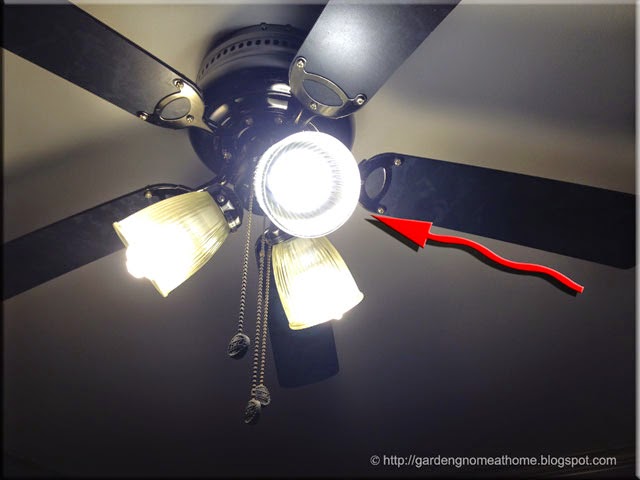Ontarians currently pay the highest hydro rates in Canada despite the fact that we produce natural sourced, inexpensive electricity. Apparently our government deems it prudent to send our cheap hydro to the US then turn around and charge us premium prices, but that is a whole other story. At any rate, our hydro rates are high. We have always been fairly energy conscious because it is both frugal and environmentally responsible. Supplementary lighting is a necessity even if you are blessed with an abundance of natural lighting especially task and security lighting. Lighting actually only comprises about 4% of hydro usage so there isn't a lot of savings even if not using hydro powered lighting. The reality is every kWh not used is a good thing.
Lowes had LED light bulbs on sale for $4.98 which is still more expensive than CFL but quite reasonable. The price of LED bulbs is quickly coming down. The key thing to look for is the lumens, the brightness of the bulb. This will be the new value replacing wattage according to some sources. I bought four of the 800 lumen bulbs (9.5 W = 60 W).
CFL bulbs have come down in price to as low as 70¢ per bulb and while they do save hydro, they have their own unique problems. CFL take a few minutes to come to full brightness They emit mercury when broken as the glass shatters in a million tiny, very sharp pieces. CFL still don't fit in all fixtures and they perform poorly outdoors in cold weather. Many complain there is a slight flickering to the CFL bulbs. They can also interfere with other frequencies like garage door openers.
It's easy to see that the LED bulbs are lower wattage thus reducing hydro usage saving money. They are by far the most energy efficient, cleanest and most eco-friendly light bulbs. One of the CFL replaced was a 26 W bulb in the great room that is left on 24/7 when we are away. It didn't behave nicely with the timer so we just left it on. The three kitchen bulbs replaced were 13 W.
The LED bulbs are very similar in shape and size as the old incandescent light bulbs. Aesthetically, they are a bit more appealing than the spiral CFL. The A10 base will fit in most light fixtures but smaller based LED bulbs are available for specialty lighting. LED bulbs contain no toxic materials and are 100% recyclable which is a huge improvement over CFL bulbs. They produce little infrared light, close to no UV emissions and the operate in extremely cold or hot temperatures. The light is instant with no warming period to reach full brightness.
We are planning on replacing the ceiling fan in the kitchen with a solar tube. That will be after we finish the deck. If we put a roof on the beck, it will change the roof line so the solar tube is on hold until we decide what we are doing.
It is a bit hard to see here but the back two bulbs are CFL and the front one (red arrow) is an LED. The difference in lighting is significant! The LED bulbs put out a nice bright, crisp, clean light in comparison to the CFL bulbs. They really light up the kitchen while saving us 10.5 W total. We are getting more light for less hydro. We have even questioned whether we still want a solar tube.
We are replacing most of the lights in our house with LEDs. Some are the basic ones like these while others will be part of our home automation project. These basic LED bulbs will be moved to fixtures not tied into our home automation system. I talk more about that system when it is up and running. LEDs really are the way to go with respect to lighting. The greatly reduced energy usage makes them suitable for solar applications. They can be used with dimmers as well. You can even get colour changing LED bulbs for use in home automation so you can simulate dawn, dusk and personalized settings. I bought two colour changing LED strips to replace the kitchen florescent strips. I'll discuss that as well when they are installed. In the big picture, we will be reducing our lighting from 4% of our overall hydro usage to less that 2% which isn't bad but the payback period will be about 5 years at current hydro rates and replacement bulb costs.




















0 comments:
Post a Comment